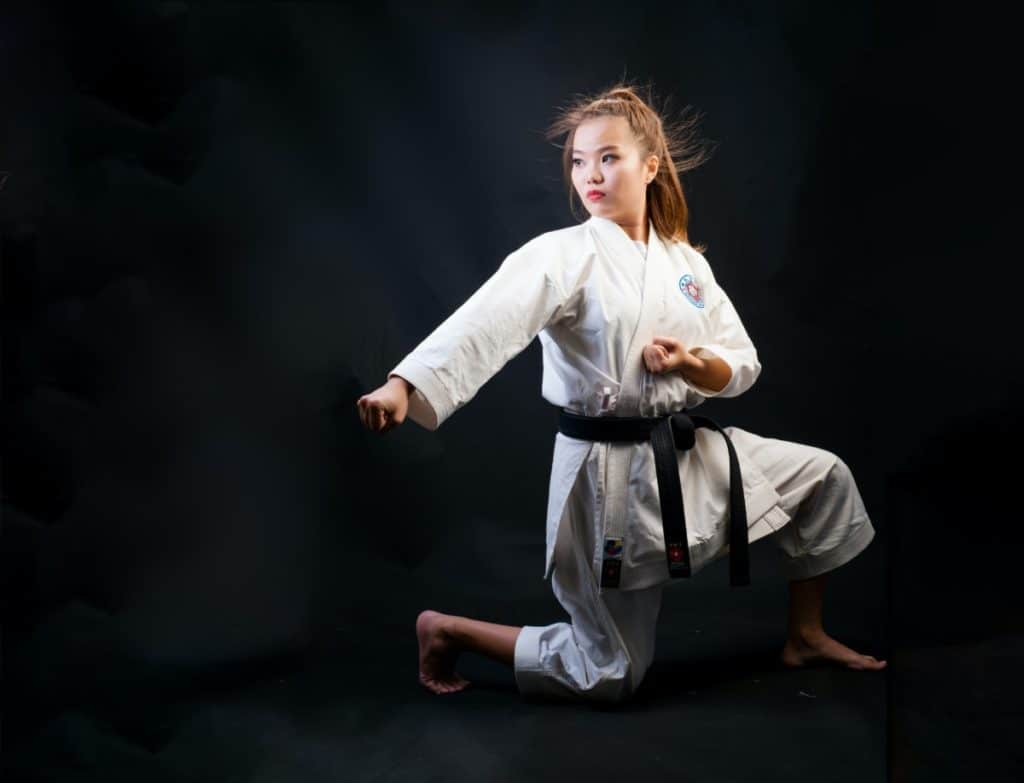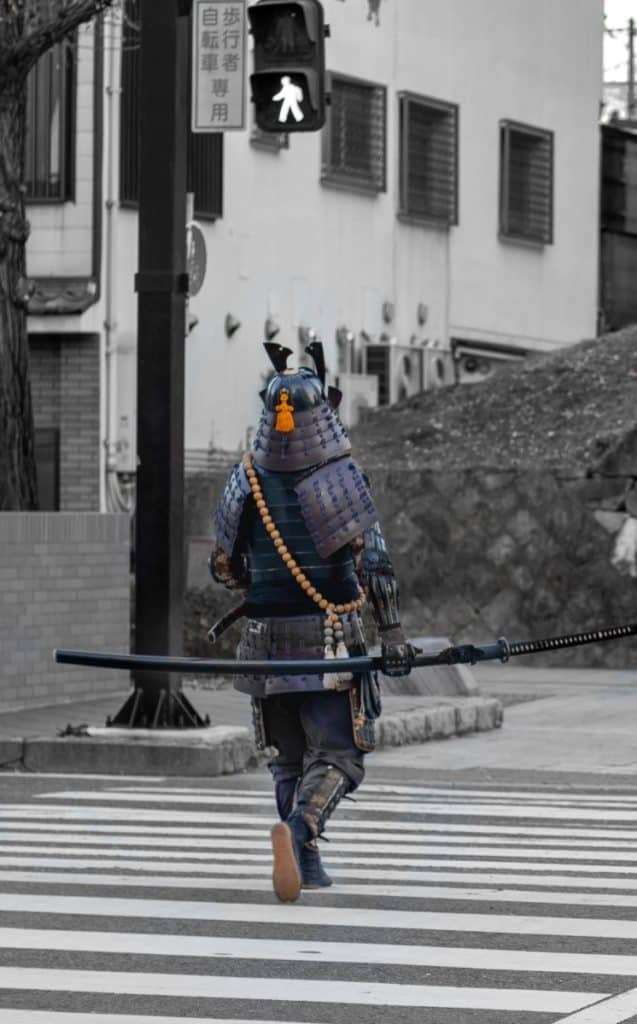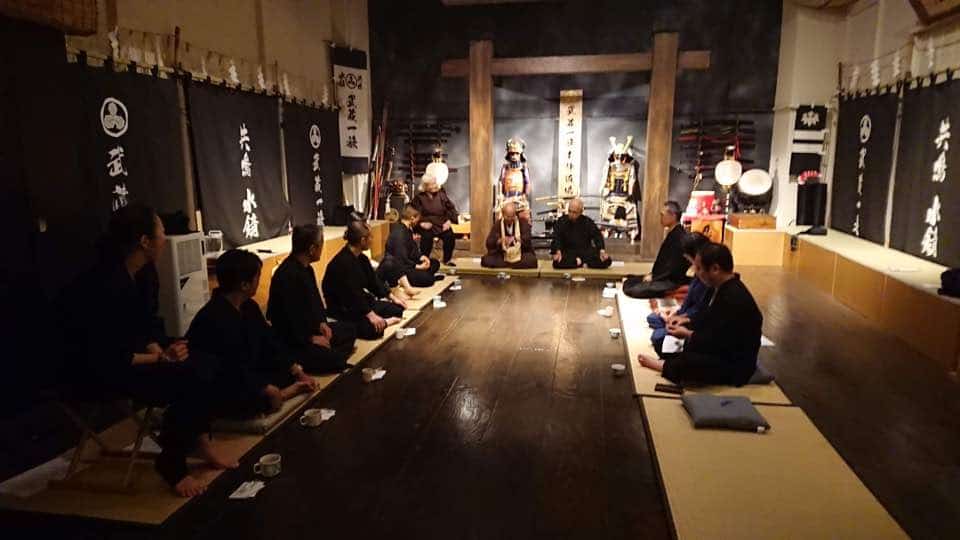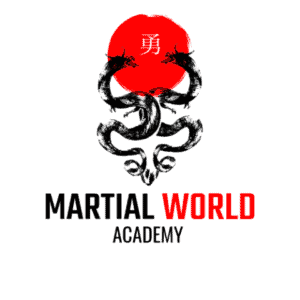Whether you’re interested in Karate for yourself or your child, you’ve undoubtedly done the math and asked yourself, “Is karate a waste of time? Or should I study a different martial art?” It’s an important question and I aim to help you answer that question for yourself.
Karate provides many important lessons, benefits, and skills that everyone needs. These include not only self defense skills but also emotional control, focus, stress relief, respect, clarity of thought, greater health, and a healthy outlet for the competitive spirit.
That’s easy enough to say, but I only think it fair to hear out the critics and to answer them honestly. So let’s examine some of the commonest arguments you’ll hear on the subject that make most karateka very uncomfortable.
Round 1: “Kata is a waste of time!”

“Kata is a waste of time,” they naysayers shout (and not without a degree of validity). In Karate’s early days, after it hit the mainstream, Kata was taught to many students as if it were a kind of magic formula that if you just practiced it hard enough you would become a total fighting badass. Then a lot of those guys got destroyed when someone with 6 months of boxing/wrestling/street fighting experience issued a challenge.
After this unpleasant brush with reality the zeitgeist among many Karate dojo began to shift away from Kata worship, treating it more like the broccoli on your plate next to the fried chicken (kumite) and mashed potatoes (kihon). You ate it because you had to. It was practiced, because governing organizations required it to promote to the next belt (and we all know how important belts are, after all). So kata was practiced in the typical dojo…practiced, but not studied.
Kata critics will usually make three arguments when lambasting Karate’s version of shadowboxing. They’ll say:
- “Time spent on kata should be spent on other things.” (sparring, partner drills, etc).
- “It’s counterproductive to practice in those goofy deep stances.”
- “Kata doesn’t teach you how to use combinations. It’s just one strike at a time“.
All of these arguments are have merit, but they’re also moot. These arguments attempt to hold kata responsible for something it wasn’t designed to do and to be convinced by them is like being convinced that a dictionary is useless just because it can’t effectively drive in a nail.
The more….mystical…of my Karate brethren will chafe at me saying this, but Kata is little more than a database of the art. In its motions it contains most every technique that style possesses.
What makes kata valuable is to pair it with “bunkai” (practical application). Here you analyze what might at first seem like an unnecessary flourish and discover that it actually contains a nasty wrist lock. You discern that the low stance you’re in is actually just a transitional step used in a takedown, so your attacker goes down while you remain standing, ready for your next opponent. And through the process of bunkai you find interesting and unexpected combos.
Round 2: “Karate is unrealistic!”

The naysayer will next complain that “Karate is unrealistic!” He’ll point to the unlikelihood that you’ll be barefooted and in “pajamas” when a fight happens. He’ll tell you that in a real fight you don’t throw punches from your waist. And he’ll lament that the acrobatic kicking you see in competitive fighting is useless in the streets.
On the first point I half agree. You don’t know when you’ll be attacked, so I think that Karate schools should, after a certain amount of skill is acquired by the student, begin to teach how to adapt techniques when you’re wearing common clothing like jeans and a t-shirt with sneakers. And to teach how different environments necessitate adaptation, too. I remember practicing this for the first time and was surprised how different it was throwing a roundhouse kick on grass versus concrete. Concrete was easy enough, but the resistance of grass required me to add a little extra to my rotation on my base-leg. This is just the first of the first minor adjustments that environmental training would teach.
Now, as for punching from the waist, the detractor again has only half the story. True that you don’t punch from the waist in a real fight. But that’s not what’s being done. When you see karate fighter chambering their fist at their hip (hikite), you’re seeing three main things:
- Assisted punch – Punching hurts. Pulling someone into your punch hurts more.
- A throw – If you have a grip on your opponent and you yank him down and toward you, off his center of gravity, then he’s going to fall. Especially if you pair this with a step and a rotation of your body.
- Elbow strike – Attacks come from the rear very commonly, especially in grappling, and being practiced at throwing an elbow behind yourself is invaluable.
This, again, is bunkai.
Finally, the acrobatic kicking. For the most part, I actually agree here. Most of these jumping/spinning/high kicks were developed only after the popular emphasis of Karate became sport-oriented. If you look back to Okinawan Karate, you won’t find any acrobatics that you see in tournaments. That’s because Okinawan Karate wasn’t developed to win trophies. It was developed to deal with real world violence. That means kicks tended to remain low, so you wouldn’t be unbalanced or vulnerable from over-committing to an attack.
Today, Karate dojos that are competition oriented must teach their students the difference between sport techniques and street techniques. Can you land an awesome looking mawashi kaiten geri (wheel kick) and KO your attacker? Possibly. But are you over-committed and extremely vulnerable in the process? DEFINITELY.
Round 3: Karate Strikes Back
Now that we’ve countered the commonest half-informed notions people cite when they decry that “Karate is a waste of time”, I think it’s time that the art I love goes on the offensive.
There are a great many benefits that Karate provides and I’d challenge any of its critics to honestly say that these are a waste of time:

- Karate for clarity: If you practice a Japanese style of Karate (as opposed to Okinawan or competitive) you’re likely expected to engage in some amount of meditation. Meditation, as hundreds of studies has proven, has a myriad of health benefits to the human body, not least of which is greater clarity of thought.
- Karate for focus: We live in a distracted world, but the dojo provides a place where work, bosses, wives/husbands, phones, computers, and the infinite list of other attention vampires can be set aside for an hour or two.
- Karate for fitness: Karate provides a form of aerobic exercise that, for most people, is far more fun than endless miles of running. And, as everyone knows, fun exercise is easier to stick to than boring exercise and thus you’re more likely to gain the long term benefits of fitness by engaging in Karate.
- Karate for calmness: Life is stressful. Most of use are assailed daily with mental and emotional attacks and many of us become overwhelmed because these kinds of things add up. Karate provides the average man, woman, and child with a sanctuary from these stressors, and an outlet to deal with them.
- Karate for competition: Common among the young, particularly teenage boys, is the desire to prove their mettle. Left alone this can evolve into dangerous, or even criminal behavior. But Karate provides a healthy and safe outlet for these natural desires through the many tournaments that can be found all across the country and around the world.
- Karate for gentleness: Particularly important for the young is the lesson that they should avoid violence unless they are protecting themselves or someone else. This lesson is central in “Budo” Karate (modern Karate). Emotional control, not allowing themselves to be baited by a bully, and respecting others are all taught by karate.
Final Round
Now that we’ve gotten to the end, let’s ask again, “Is Karate a waste of time?“. Training in Karate supplies a place for the young and old to train their bodies and minds, giving them a healthy outlet for stress and a respite from the chaos and noise of everyday life, and an appropriate place to channel the natural desire for aggression and competition.
I don’t think any endeavor that can do all that can be called a “waste”.
Photo Attribution:
- Photo by Thao Le Hoang on Unsplash
- Photo by Thao Le Hoang on Unsplash
- Photo by Michael DeMarco on Unsplash
- 柴田バネッサ, CC BY-SA 4.0 https://creativecommons.org/licenses/by-sa/4.0, via Wikimedia Commons
